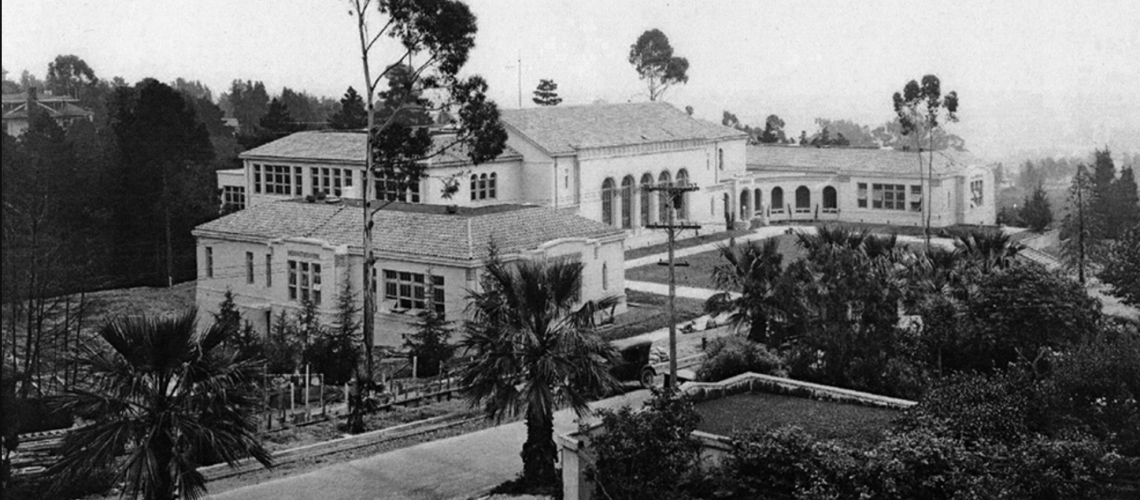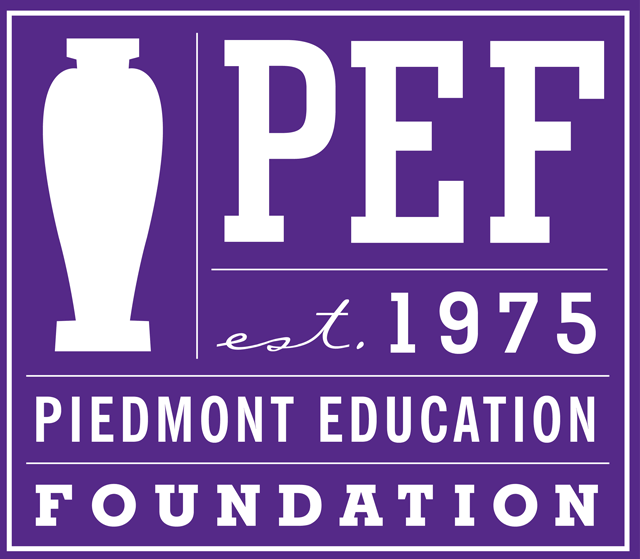What led up to Prop 13 and what are the ramifications?
In the 1950s and 1960s, California’s per-pupil spending was among the highest in the nation. Communities controlled funding to their schools. This often meant that the school districts would set their budgets, provide that information to the country, and the county would use that need to assist in setting property tax rates. This led to vast education inequality, with more affluent communities spending three or four times as much per student than poor communities. In the mid-1970s, a compromise of a sort was reached which limited state spending to a few thousand dollars per student. California dropped to about 15th in per-pupil spend.
In 1978, California passed Prop 13 which led to property taxes being based on the assessed rate, and not the market value of the property, with reassessment only required on the transfer of property, excluding in-family property transfers. California schools lost about a third of their funding overnight. By the early 1990s, California per-pupil spending was at 80% of the national average. Today California ranges between 41st and 46th in the country in terms of student spending. The state is similarly ranked among the lowest in teacher/pupil ratio, reading and math scores, and college readiness.
How are my property taxes calculated and where do they go?
California is still using Prop 13’s definitions for property tax assessments. Residents pay 1% of their property’s value for real property taxes. This value is set at the property’s assessed value at the time of the property’s purchase. This 1%, shown as the “Countywide Tax” on your bill goes to Alameda County, to be distributed based on a statewide formula. Much of it goes into the county education fund, which is then augmented by state funds and distributed to the districts.
In addition to the 1% Countywide Tax, most homeowners will also see items under “Voter Approved Debt Service.” These are additional taxes that voters passed at the ballot box. In Piedmont, the H1 Bond to fund a new high school is listed at a 0.1243% tax rate. Other bonds are county or district-based. These funds go directly to the debt relief requirements passed by the voters.
What about parcel taxes?
If you look at the right side of your property tax bill, you’ll see a “Fixed Charges and/or Special Assessments” section. These are direct levies or parcel taxes. Parcel taxes became popular in California after the passage of Prop 13 as a way for schools and cities to function after the loss of so much property tax revenue. Piedmont has several such taxes, including taxes on local and county-wide services, as well as two school parcel taxes. These fees are paid annually by property owners, and get distributed directly to the Piedmont Unified School District. Together these Parcel Taxes, also known as Measures G and H, fund 28% of the district’s budget.


